Growing up, I used to wait every afternoon for Ate Tess to come around our neighborhood with her cart full of freshly made banana cue. The smell of caramelizing sugar would hit me before I even saw her, and I'd run with my five pesos clutched in my hand.
When I moved away, I missed that sweet, crispy treat so much that I had to learn how to make it myself. After countless attempts to recreate Ate Tess's perfect banana cue, I finally nailed the technique.
This recipe gives you that same golden, crunchy coating and tender banana inside, just like the street vendors make it, but right in your own kitchen.

Why You'll Love This Recipe
This authentic banana cue recipe brings the beloved Filipino street food right to your kitchen! You'll love how incredibly simple it is, just three basic ingredients create that perfect balance of crispy caramelized exterior and tender, sweet banana inside.
t's budget-friendly, ready in just 15 minutes, and makes the most satisfying snack or dessert. The nostalgic flavors will transport you straight to the bustling streets of the Philippines, and it's so easy that even beginner cooks can master it on their first try.
Jump to:
Ingredients
- 6 ripe plantain bananas (saba bananas), peeled
- ¼ cup brown sugar
- 1 cup vegetable oil for frying
- 3 bamboo skewers
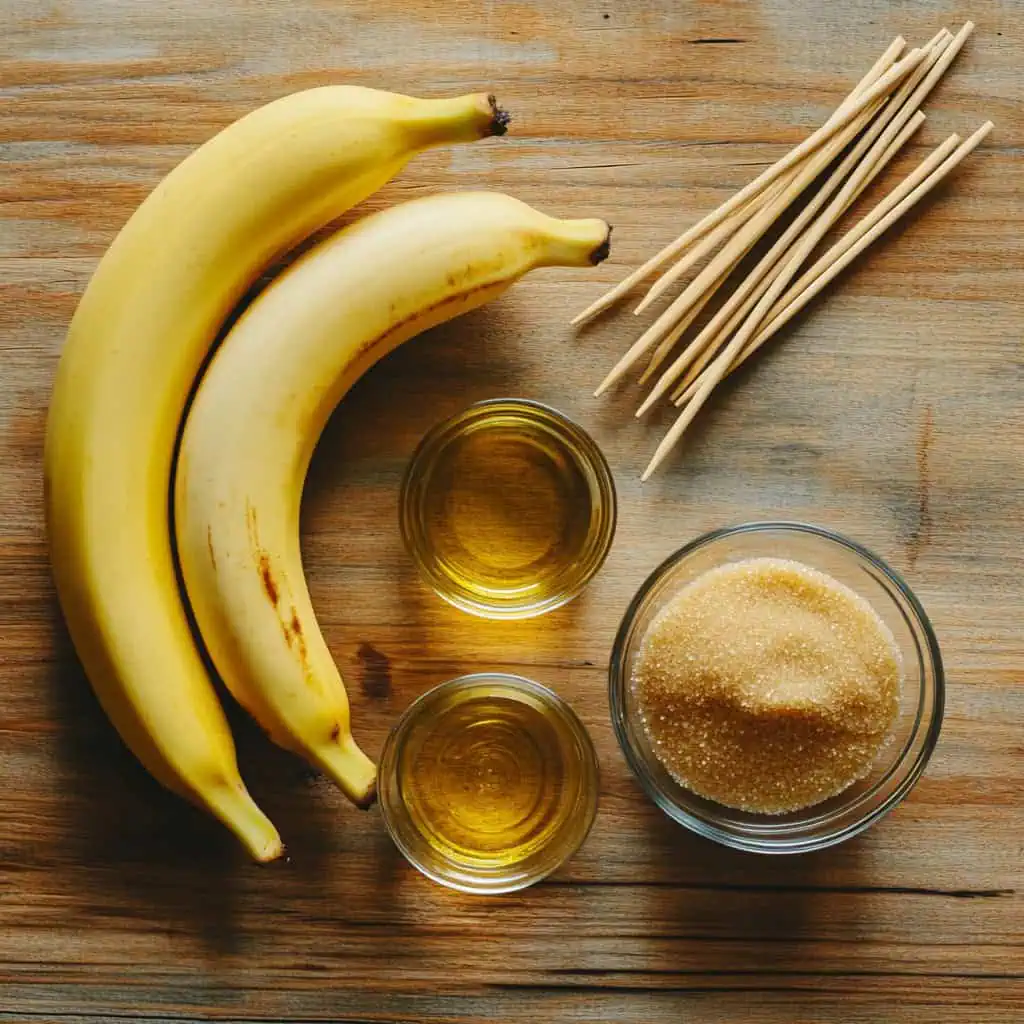
I chose ripe plantain bananas because they hold their shape during frying while developing natural sweetness. Brown sugar creates that signature caramelized coating that's both crispy and glossy. Vegetable oil provides the neutral flavor and high smoke point needed for proper frying without overpowering the banana's taste.
Equipment
- Large frying pan or wok - For even heat distribution and safe frying
- Bamboo skewers - Traditional presentation and easy eating
- Paper towels or banana leaves - For draining excess oil
- Tongs or slotted spoon - Safe handling of hot bananas
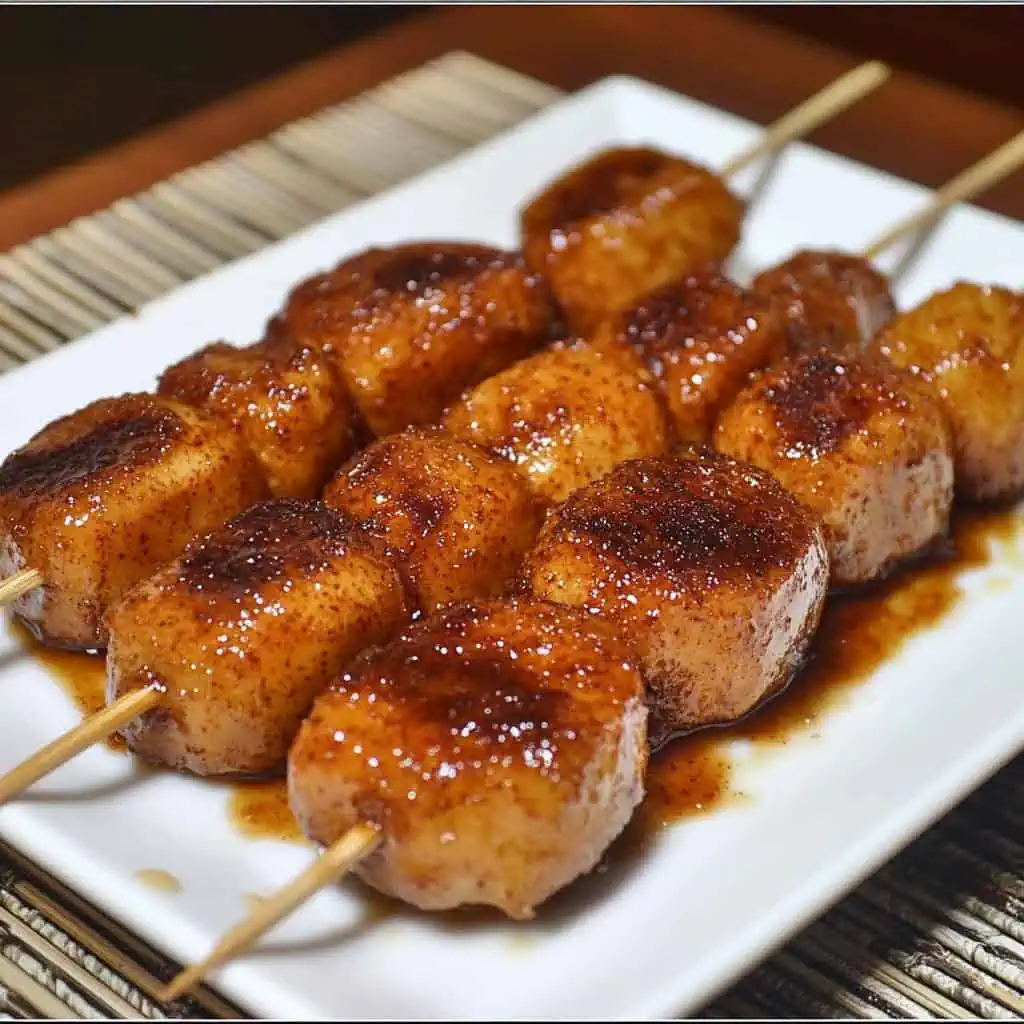
How To Make
- Heat the vegetable oil in your large pan over medium heat until it shimmers slightly but doesn't smoke. This usually takes about 3-4 minutes.
- Carefully add the peeled bananas to the hot oil one at a time, placing them gently to avoid splashing. The oil should sizzle around each banana when added.
- Fry the bananas for approximately 3 minutes without moving them, allowing the bottom side to develop a light golden color and slight firmness.
- Sprinkle the brown sugar evenly over the bananas and oil. Do not stir at this point - let the sugar sit undisturbed so it can begin melting and caramelizing.
- Watch for the sugar to start bubbling and turning amber colored, which typically takes 1-2 minutes. This is when the caramelization process begins.
- Once the sugar starts caramelizing, gently stir and turn the bananas using tongs, ensuring each banana gets coated with the caramelized sugar mixture.
- Continue frying for another 3-4 minutes, turning the bananas occasionally to achieve even caramelization on all sides. The bananas should be golden brown and glossy.
- Turn off the heat when the bananas are beautifully caramelized and cooked through. They should feel tender when gently pressed but still hold their shape.
- Transfer the bananas to paper towels or banana leaves to drain excess oil. Let them cool for just 2-3 minutes - they should still be warm for serving.
- Carefully thread 2 bananas onto each bamboo skewer while they're still slightly warm and pliable. Serve immediately while hot for the best texture and flavor.

Tips from Lola's Kitchen
- Use ripe but firm saba bananas - they should give slightly to pressure but not be mushy
- Keep oil temperature steady at medium heat to prevent burning the sugar
- Don't rush the caramelization process - patience creates the perfect coating
- Have your skewers ready before you start cooking since timing is important
- Work quickly when skewering as the caramel hardens as it cools
- Make extra because they disappear fast - this recipe easily doubles
Substitutions
- Saba bananas: Use firm regular bananas or small burro bananas if saba isn't available
- Brown sugar: White sugar works but won't give the same deep caramel flavor
- Vegetable oil: Canola oil or peanut oil are excellent alternatives
- Bamboo skewers: Small wooden popsicle sticks work in a pinch
Troubleshooting
- Sugar won't caramelize: Increase heat slightly and be patient - it takes time
- Bananas breaking apart: They were too ripe or heat was too high
- Coating too thick: Use less sugar next time or add it more gradually
- Oil splashing: Bananas may have been wet - pat dry before frying
- Uneven browning: Turn bananas more frequently during cooking
Storage & Reheating
- Fresh consumption: Best eaten immediately while warm and crispy
- Short-term storage: Keep at room temperature for up to 2 hours
- Refrigeration: Not recommended as coating becomes soggy
- Reheating: Briefly warm in a dry pan over low heat to re-crisp coating
- Freezing: Not suitable for freezing due to texture changes
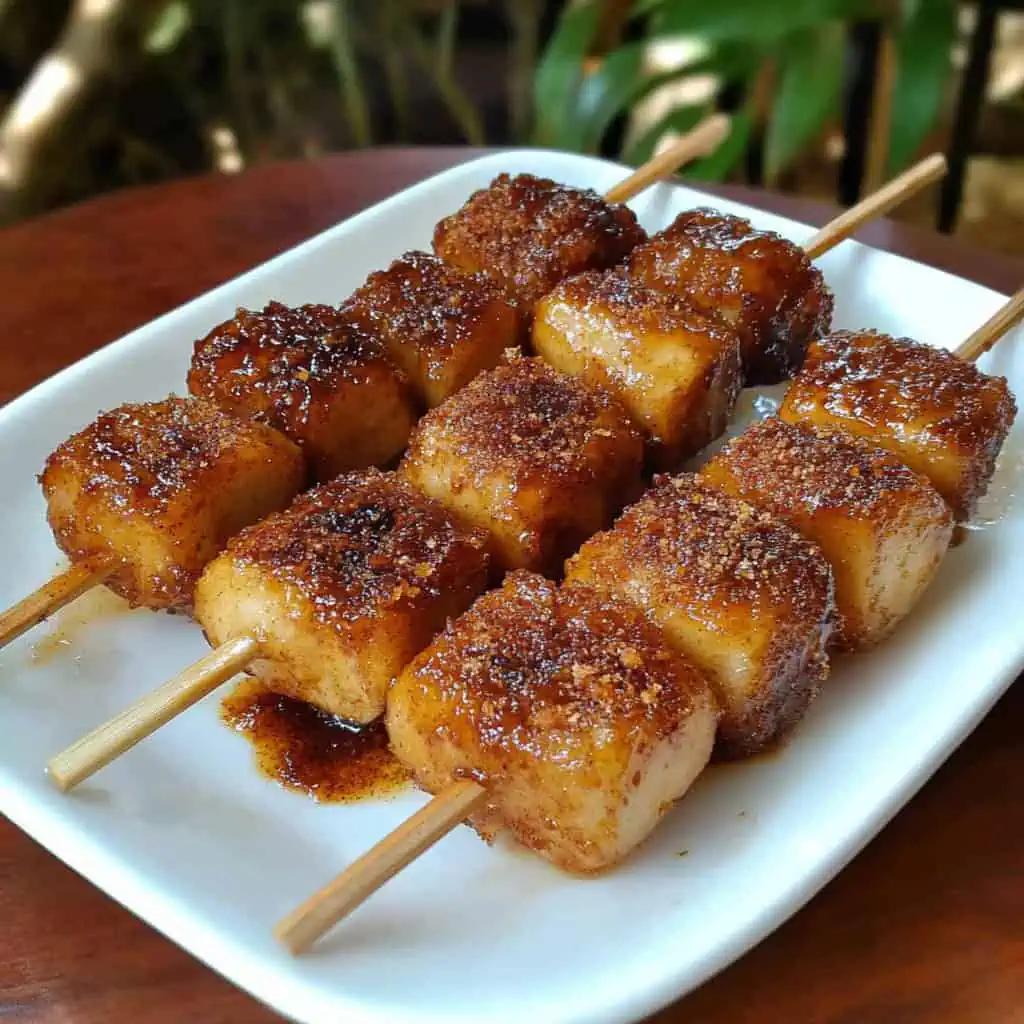
FAQ
Can I use regular bananas?
Yes, but choose firm ones and expect slightly different texture
How do I know when oil is ready?
Drop a small piece of banana, it should sizzle immediately
Why is my coating not sticking?
Make sure bananas are dry and sugar has properly caramelized
Can I make these ahead?
They're best fresh, but can be kept warm for short periods
What if I don't have bamboo skewers?
You can serve without skewers, just use a fork
Is there a healthier version?
Try air frying at 375°F for 8-10 minutes, adding sugar halfway through
Related
Looking for other recipes like this? Try these:
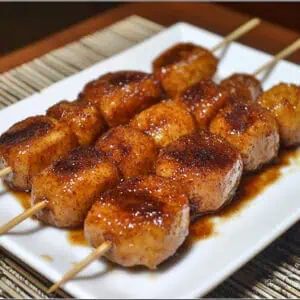
Banana Cue Recipe - Filipino Street Food Made Easy at Home
Ingredients
- 6 ripe plantain bananas saba bananas, peeled
- ¼ cup brown sugar
- 1 cup vegetable oil for frying
- 3 bamboo skewers
Instructions
- Heat the vegetable oil in your large pan over medium heat until it shimmers slightly but doesn't smoke. This usually takes about 3-4 minutes.
- Carefully add the peeled bananas to the hot oil one at a time, placing them gently to avoid splashing. The oil should sizzle around each banana when added.
- Fry the bananas for approximately 3 minutes without moving them, allowing the bottom side to develop a light golden color and slight firmness.
- Sprinkle the brown sugar evenly over the bananas and oil. Do not stir at this point - let the sugar sit undisturbed so it can begin melting and caramelizing.
- Watch for the sugar to start bubbling and turning amber colored, which typically takes 1-2 minutes. This is when the caramelization process begins.
- Once the sugar starts caramelizing, gently stir and turn the bananas using tongs, ensuring each banana gets coated with the caramelized sugar mixture.
- Continue frying for another 3-4 minutes, turning the bananas occasionally to achieve even caramelization on all sides. The bananas should be golden brown and glossy.
- Turn off the heat when the bananas are beautifully caramelized and cooked through. They should feel tender when gently pressed but still hold their shape.
- Transfer the bananas to paper towels or banana leaves to drain excess oil. Let them cool for just 2-3 minutes - they should still be warm for serving.
- Carefully thread 2 bananas onto each bamboo skewer while they're still slightly warm and pliable. Serve immediately while hot for the best texture and flavor.
Tips from Lola's Kitchen
- Use ripe but firm saba bananas - they should give slightly to pressure but not be mushy
- Keep oil temperature steady at medium heat to prevent burning the sugar
- Don't rush the caramelization process - patience creates the perfect coating
- Have your skewers ready before you start cooking since timing is important
- Work quickly when skewering as the caramel hardens as it cools
- Make extra because they disappear fast - this recipe easily doubles
The Story Behind Banana Cue
Banana cue has deep roots in Filipino street food culture, emerging as one of the most beloved and accessible snacks across the Philippines. This simple yet satisfying treat was born from the ingenuity of Filipino vendors who transformed readily available ingredients into something extraordinary. The dish perfectly represents the Filipino talent for creating delicious food from humble, affordable ingredients that could feed families without breaking the budget.
The name "banana cue" is a playful Filipino adaptation, combining the obvious main ingredient with "cue" from "barbecue," referencing the bamboo skewer presentation that mimics the popular barbecue street foods. This clever naming reflects the Filipino love for creative wordplay and the way local culture adapts and makes foreign concepts uniquely their own. The bamboo skewer isn't just for show - it makes the sticky, caramelized treat easy to eat while walking, perfect for busy Filipino streets.
Saba bananas, the traditional variety used in banana cue, have been cultivated in the Philippines for centuries. These cooking bananas are shorter and thicker than regular bananas, with a firmer texture that holds up beautifully during the frying process. Filipino street vendors discovered that coating these bananas in brown sugar while frying created an irresistible caramelized shell that sealed in the fruit's natural sweetness and created textural contrast.
The popularity of banana cue spread throughout the Philippines because it solved a practical need - vendors could prepare it quickly with minimal equipment, using just a large pan and basic ingredients. The sight of golden banana cue lined up on vendors' carts became a familiar and comforting scene in Filipino neighborhoods, schools, and busy streets. Today, this iconic snack continues to evoke powerful memories of childhood and home, making it not just a recipe but a cultural touchstone that connects Filipinos to their heritage, whether they're enjoying it on Manila streets or recreating it in kitchens around the world.
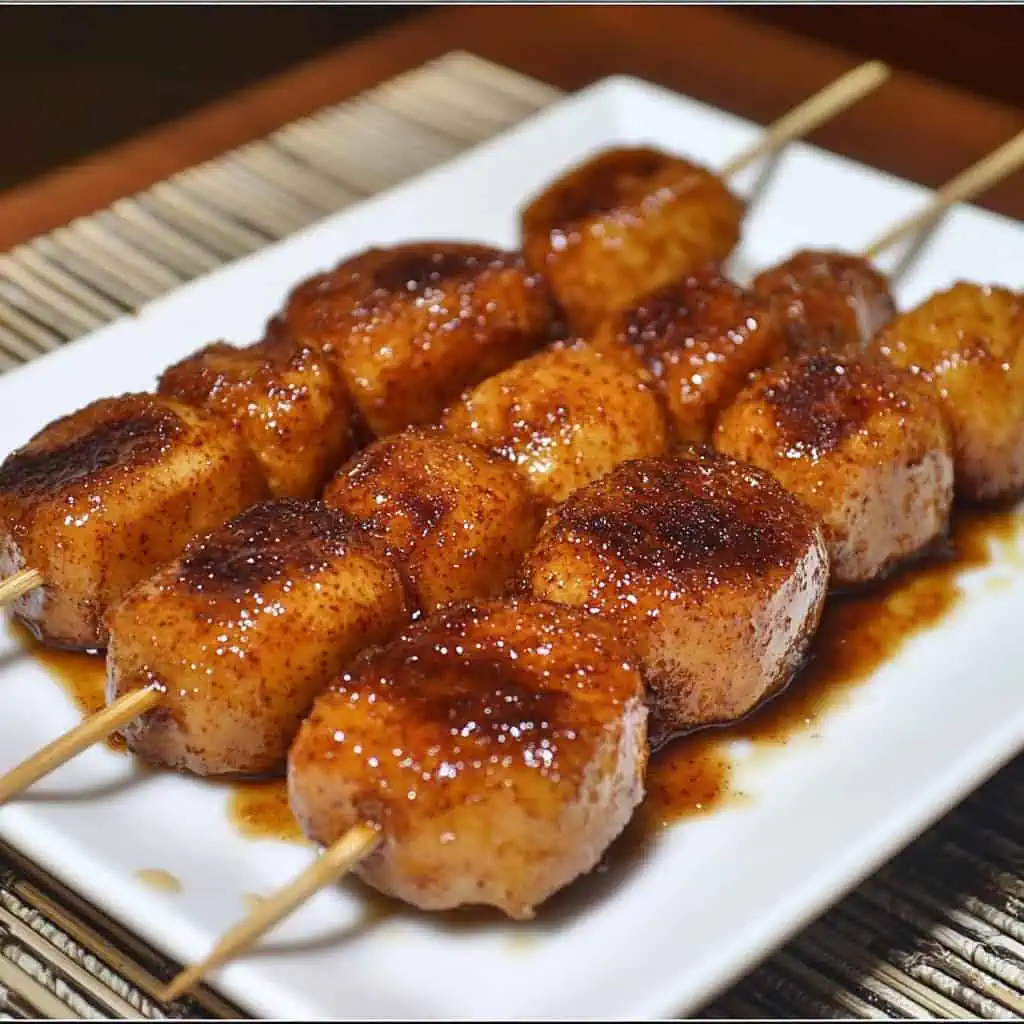

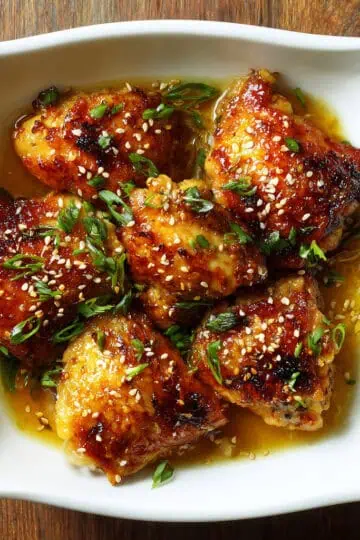
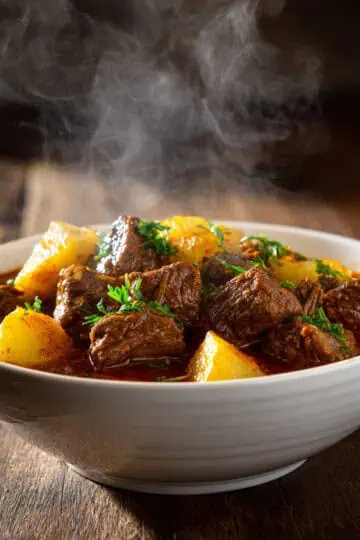

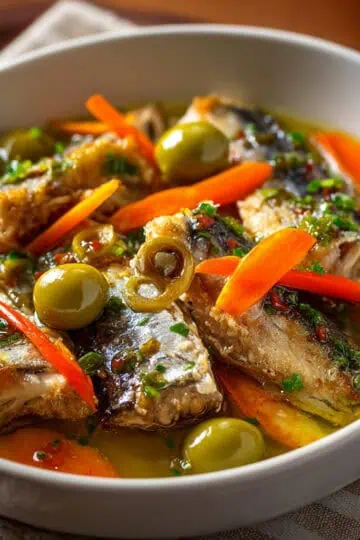
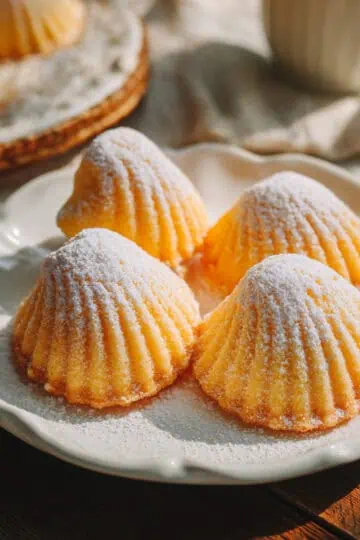
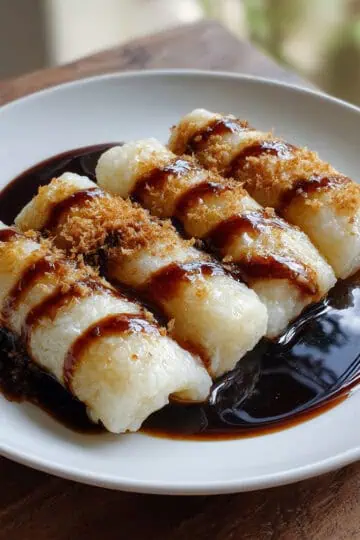
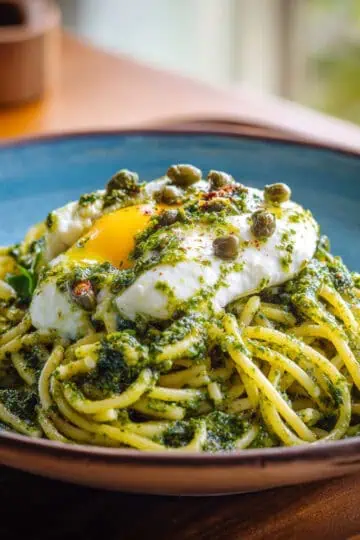
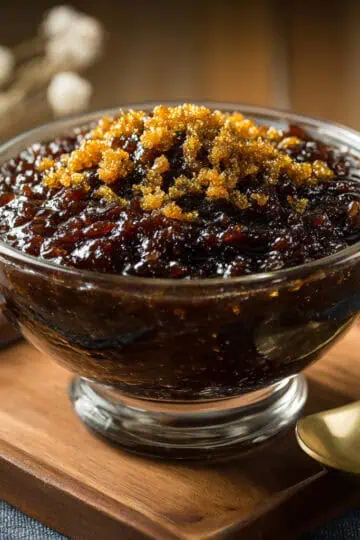
Comments
No Comments